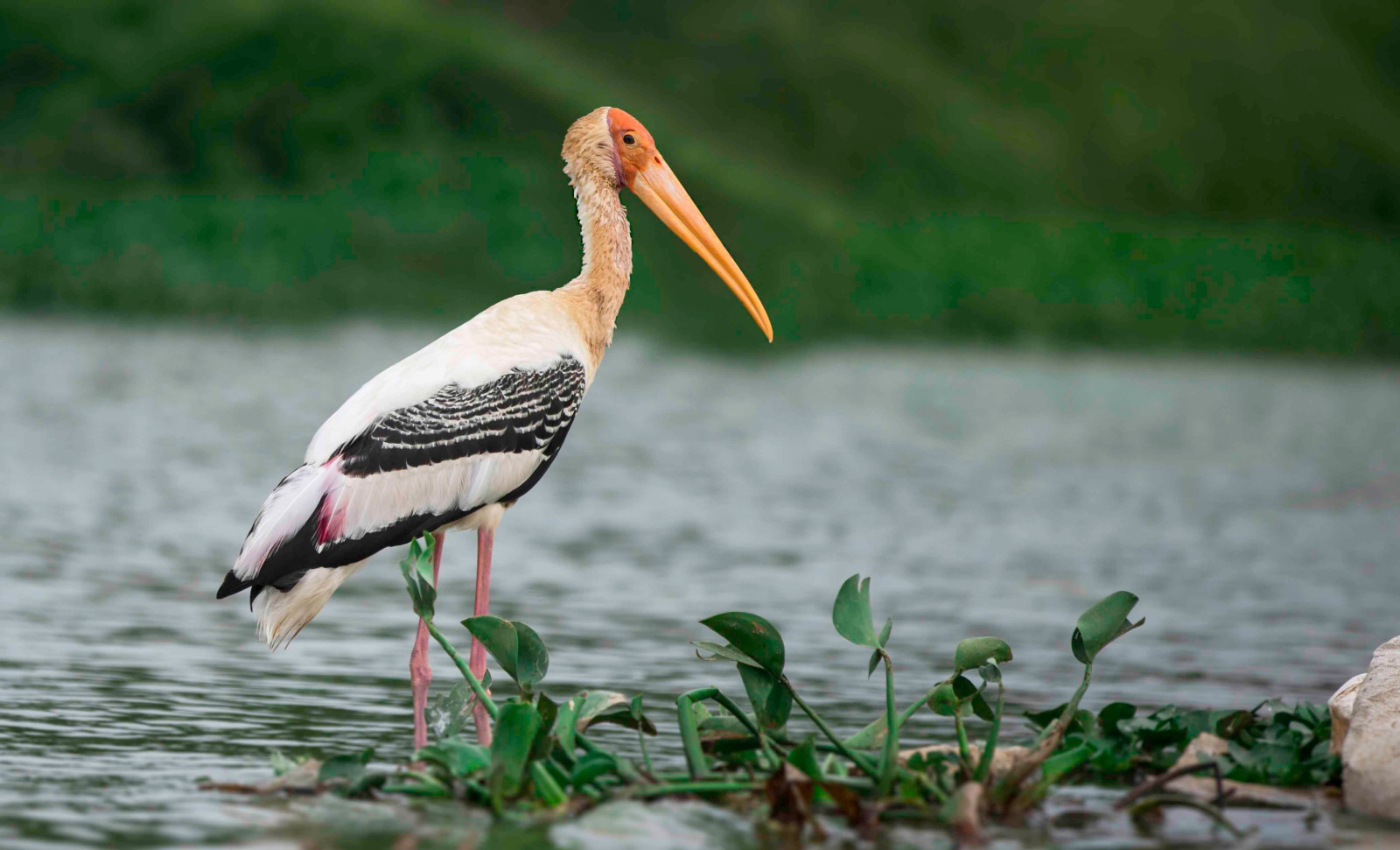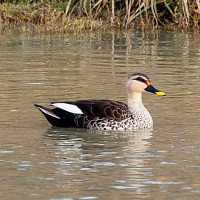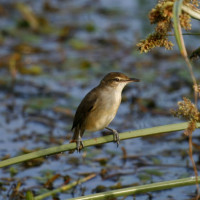Beschreibung
Haiderpur wetland stretches across 6908 hectares and is great for birdwatching. It is part of the Hastinapur Wildlife Sanctuary. The wetland provides habitat for numerous animal and plant species. Including more than 300 species of birds like Black-necked Stork, Painted Stork, Lesser-Whistling Duck, Bronze-winged Jacana and Sarus Crane and threatened species, such as Black-bellied Tern, Indian Grassbird and Indian Skimmer. The site supports thousands of waterbirds and serves as a breeding site for many birds. The wetland is also home to wildlife species like otters, jackals, crocodiles, turtles, fishing cat, Burmese python and the swamp deer.
Details
Zugang
Located just off the Ganga Barrage, the Haiderpur wetland has 15 km of walking trail. Visitors can rent a bicycle and ride along the entire trail. Trash bins and viewing huts/platforms have been put up at every half kilometre. A shorter trail that ends in a double-storied watchtower – which offers a view of a majority of the wetland, is also an option. There's a basic toilet facility at the entrance, where tickets need to be purchased. It is not possible to take boats into the wetlands - you can only view the wetland from the walking paths. Best time for birding is in winter and spring.





